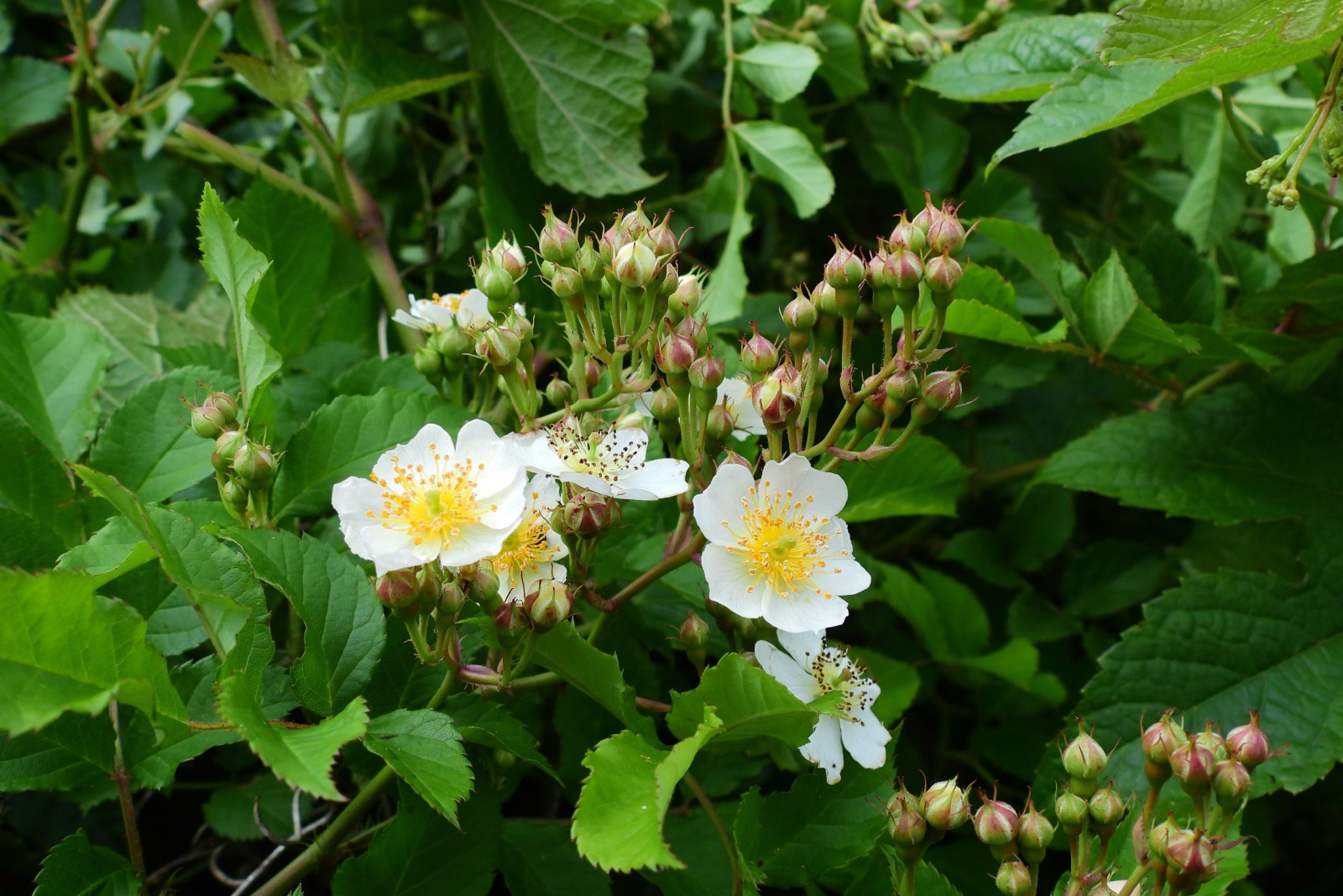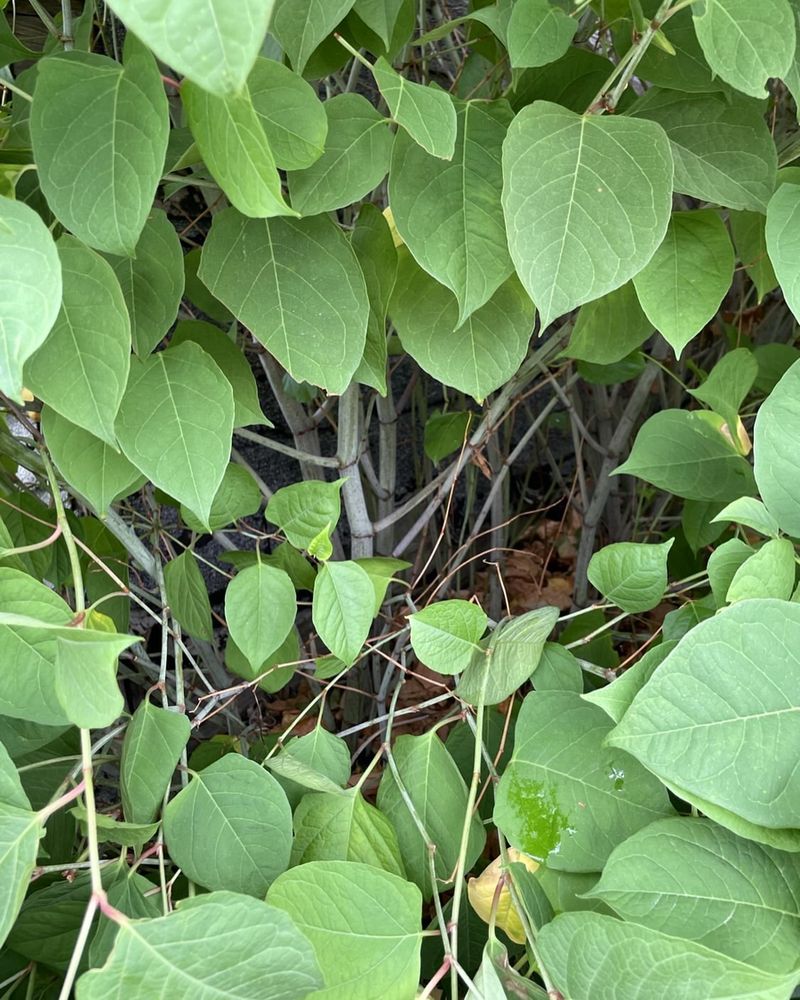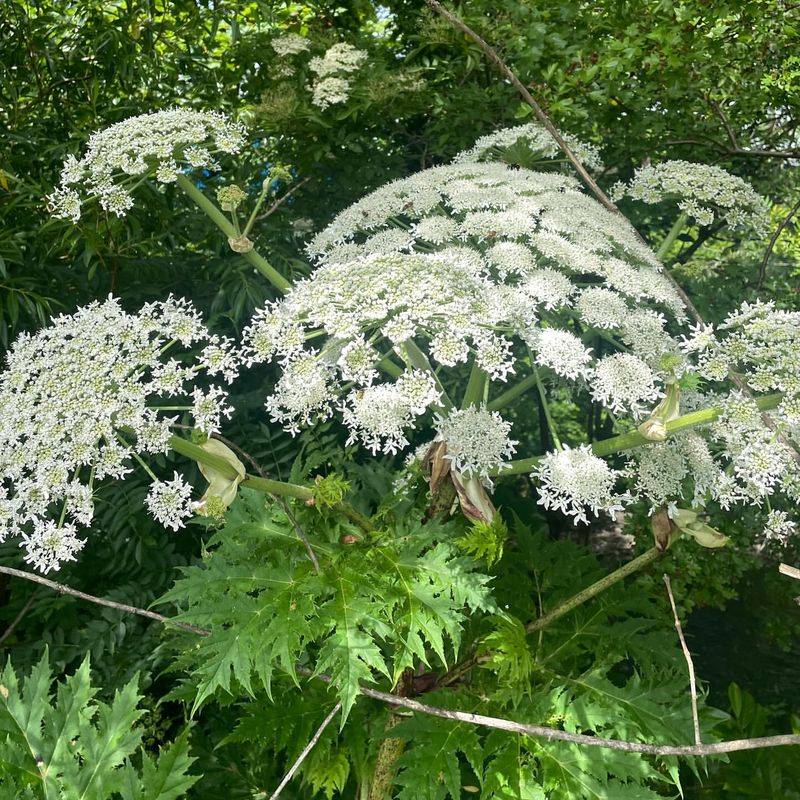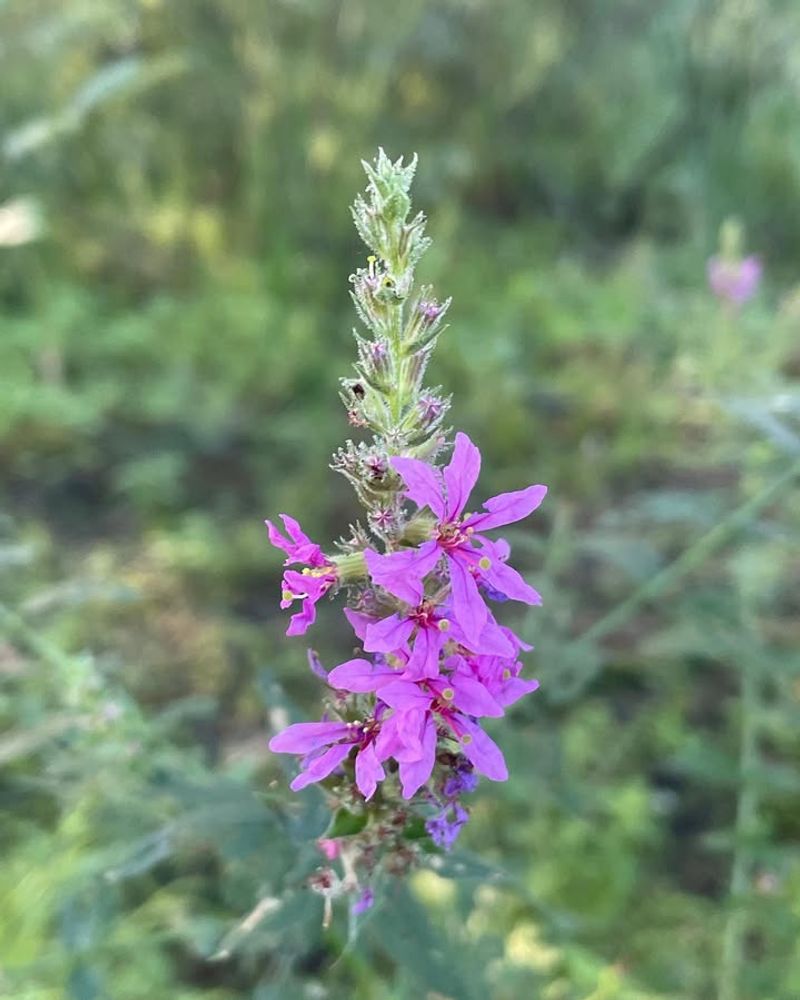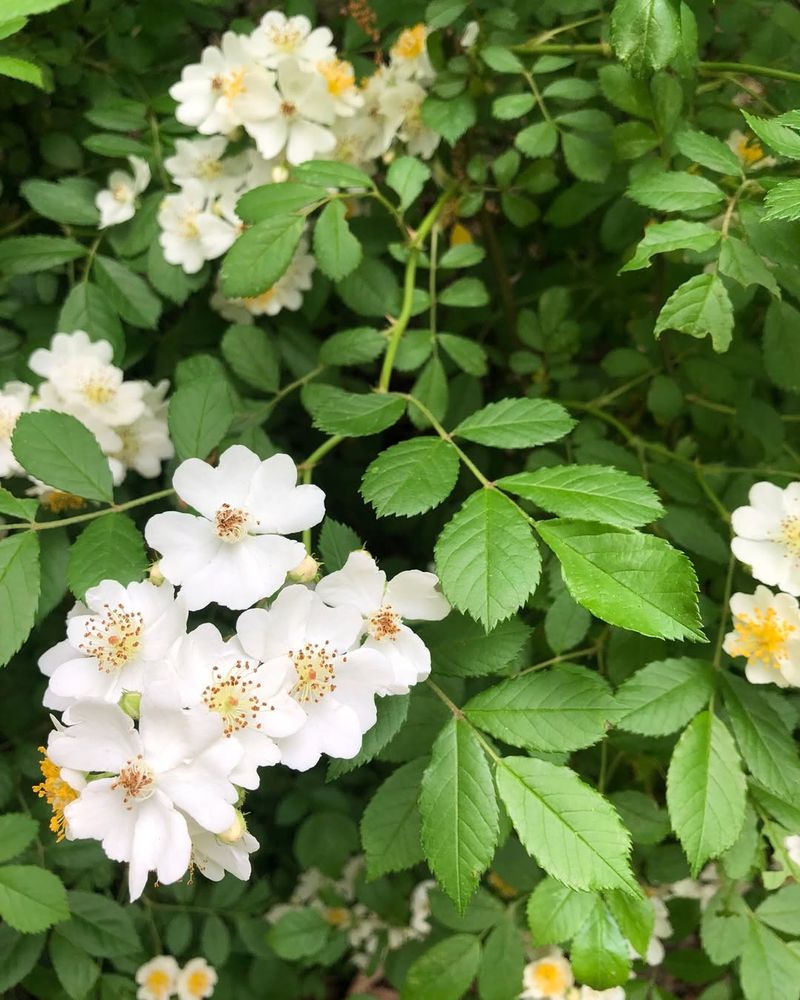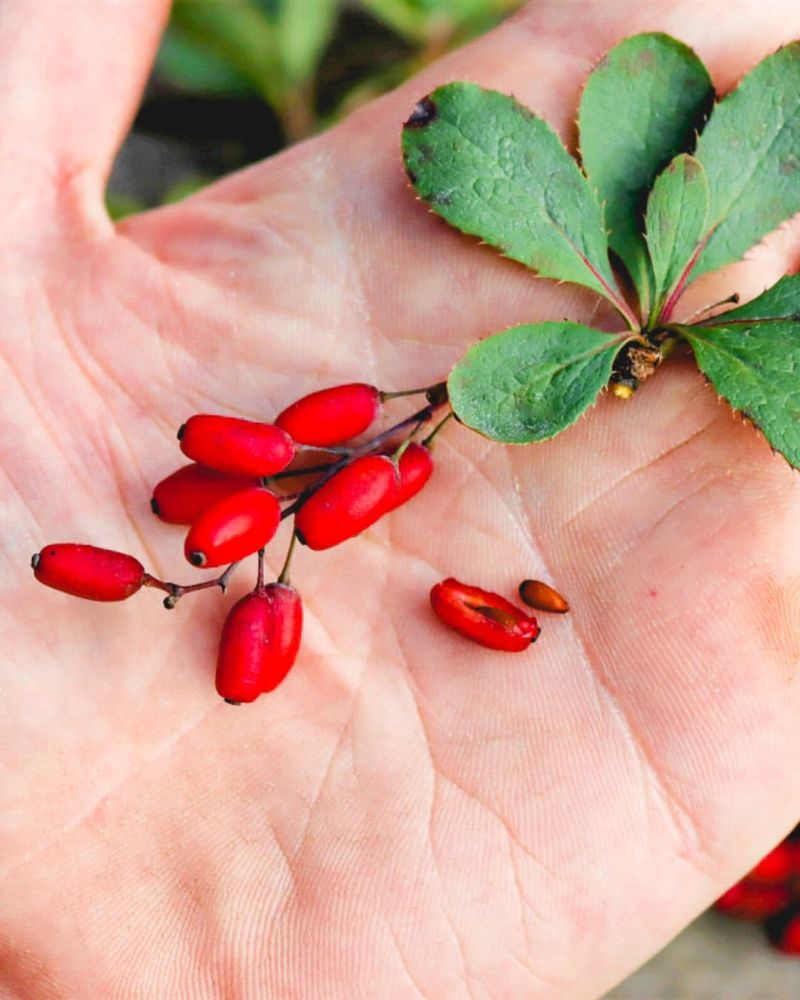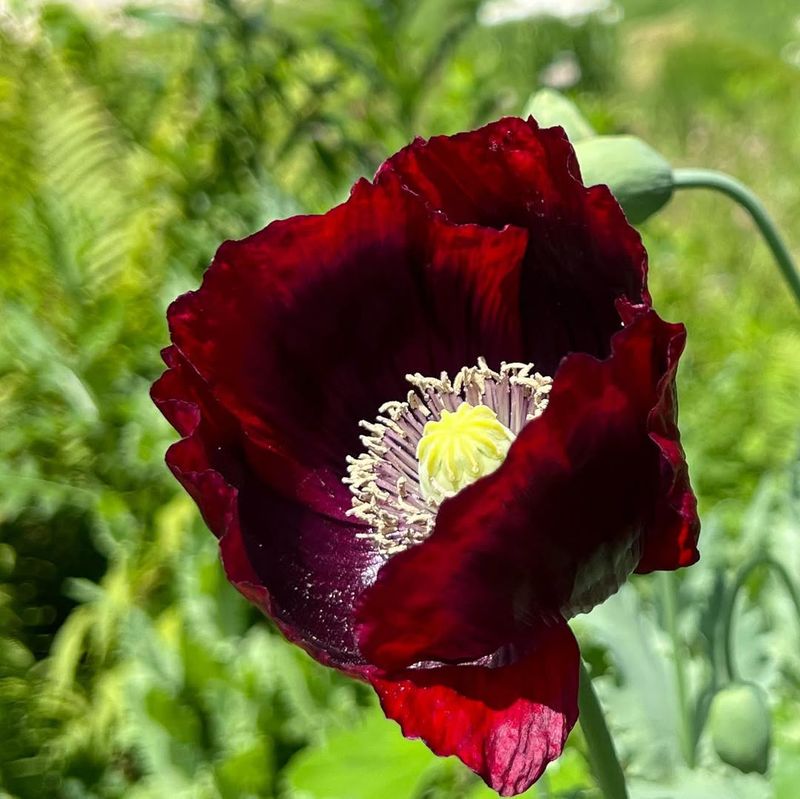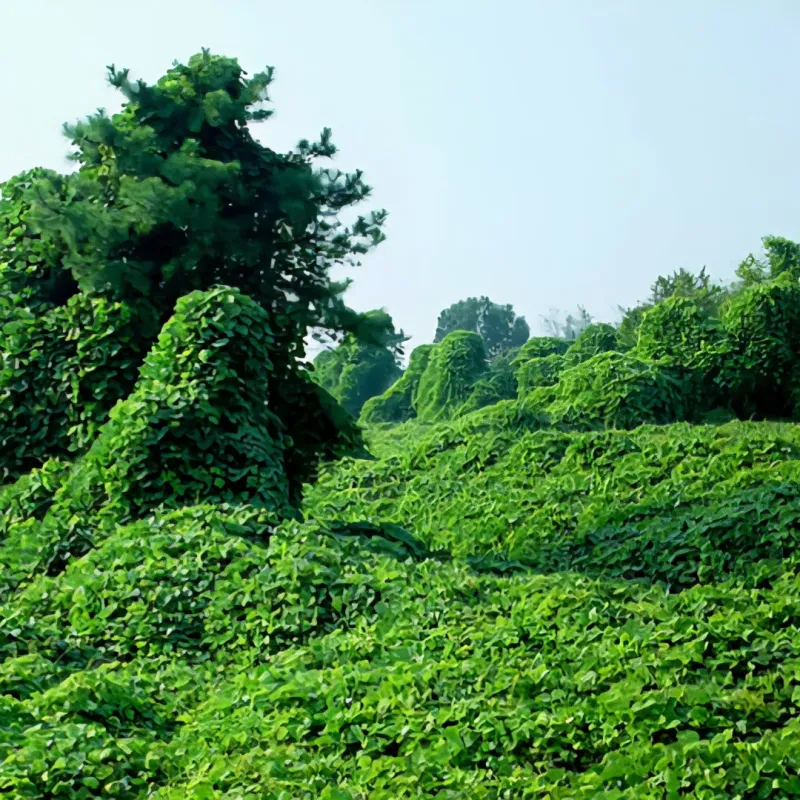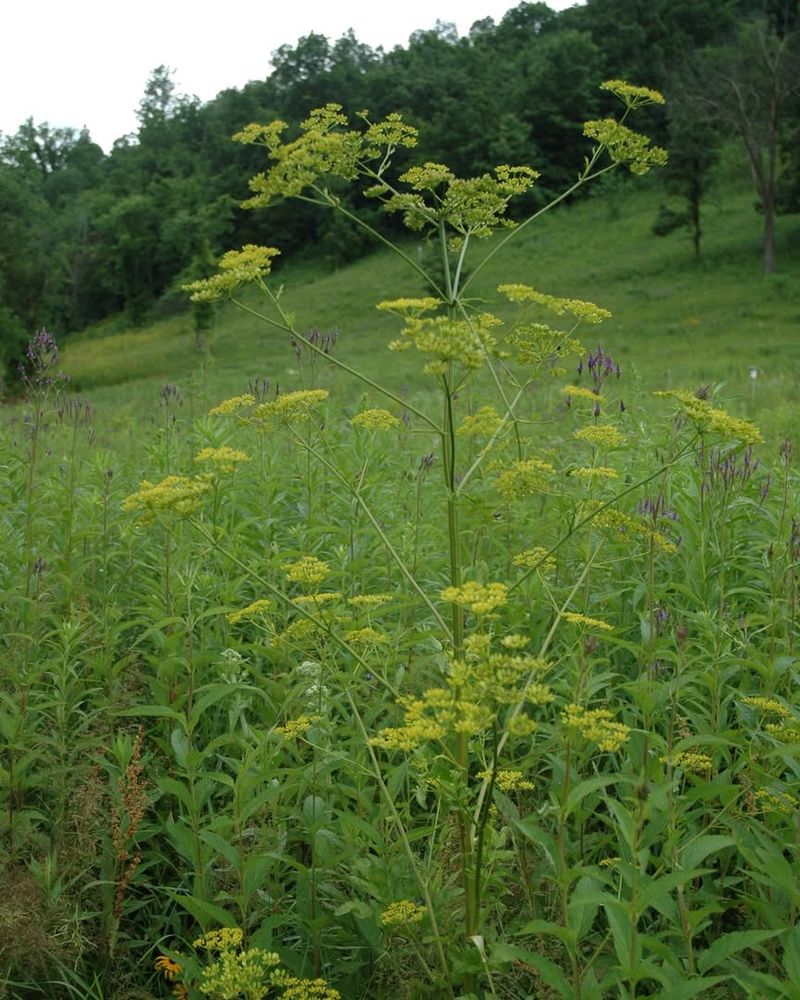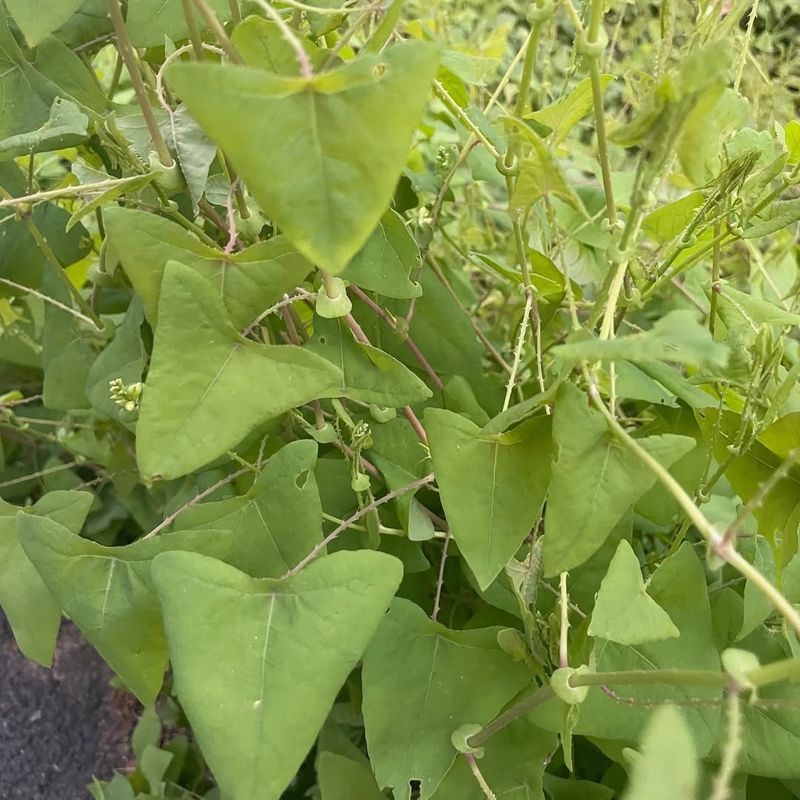Growing your own food sounds like a great idea, but not every plant is legal to cultivate in your backyard. Maine has specific laws about certain crops that might surprise you.
Some plants are banned because they can harm the environment, while others have been restricted due to health or safety concerns.
1. Japanese Knotweed
Bamboo-like stalks and pretty white flowers might fool you into thinking this plant is harmless. Japanese knotweed spreads faster than wildfire and can crack through concrete foundations.
Maine officials banned it because removing this invasive species costs property owners thousands of dollars. Once it takes root, the underground network becomes nearly impossible to eliminate completely.
Selling or planting it can result in serious fines from environmental authorities.
2. Giant Hogweed
Standing up to 14 feet tall, giant hogweed looks impressive but hides a dangerous secret. The sap contains toxic chemicals that cause severe burns and blisters when touched.
Sunlight activates these toxins, making skin injuries even worse and potentially leaving permanent scars. Children playing near these plants face the highest risk of accidental contact and injury.
Maine law prohibits growing this hazardous plant anywhere within state boundaries for public safety.
3. Purple Loosestrife
Gorgeous purple flowers make this wetland invader tempting for gardeners seeking colorful displays. Each plant produces millions of seeds annually, choking out native species that wildlife depends on.
Marshes and ponds become biological deserts when purple loosestrife takes over the ecosystem. Birds and fish lose their food sources as beneficial plants disappear from contaminated areas.
Maine residents cannot legally plant or transport this species anywhere in the state.
4. Multiflora Rose
Farmers once planted these thorny bushes as natural fences, but that decision backfired spectacularly. Dense thickets form quickly, creating impenetrable barriers that wildlife cannot navigate through safely.
Sharp thorns injure livestock and pets while the plants crowd out valuable forage crops. Agricultural land becomes worthless when multiflora rose establishes its aggressive root system throughout fields.
State regulations now forbid planting this troublesome species on any Maine property.
5. Common Barberry
Bright red berries and yellow spring blooms attracted gardeners for decades before scientists discovered the problem. Common barberry hosts a fungus that destroys wheat and grain crops across entire regions.
Farmers suffer devastating losses when this disease spreads from ornamental bushes to agricultural fields nearby. The economic impact affects food prices and farming communities throughout Maine and neighboring states.
Growing common barberry violates state agricultural protection laws designed to safeguard crop production.
6. Opium Poppy
Beautiful blooms in vibrant colors make opium poppies popular in flower catalogs and seed collections. Federal law classifies these plants as controlled substances because they produce narcotic compounds naturally.
Even ornamental varieties contain chemicals used to manufacture illegal drugs, making possession extremely risky. Law enforcement does not distinguish between decorative gardening and criminal intent when finding these plants.
Maine residents face potential prosecution for cultivating any variety of opium poppy species.
7. Kudzu Vine
Southern states call kudzu the vine that ate the South for good reason. Growing up to one foot per day during peak season, this aggressive climber smothers everything in its path.
Trees die when kudzu blocks sunlight, and buildings suffer structural damage from the heavy weight. Maine wants to prevent this nightmare scenario from ever establishing within state borders.
Planting kudzu anywhere in Maine is strictly prohibited under invasive species control regulations.
8. Wild Parsnip
Yellow flowers resembling Queen Anne’s lace disguise this plant’s harmful properties from unsuspecting gardeners. Sap from stems and leaves causes painful chemical burns similar to giant hogweed injuries.
Blisters develop within 24 hours of contact, especially when skin gets exposed to sunlight afterward. Children picking wildflowers or hikers brushing against plants accidentally suffer the most frequent injuries.
State health regulations ban growing wild parsnip to protect residents from these preventable chemical burns.
9. Mile-a-Minute Weed
Triangular leaves and recurved barbs help this vine climb over native plants at alarming speeds. True to its name, mile-a-minute weed can grow six inches daily during optimal conditions.
Young forests get smothered before trees can establish strong root systems and mature properly. Reforestation efforts fail completely when this aggressive vine invades recently planted areas and chokes seedlings.
Maine forestry laws prohibit planting this destructive species to protect timber resources and ecosystems.

